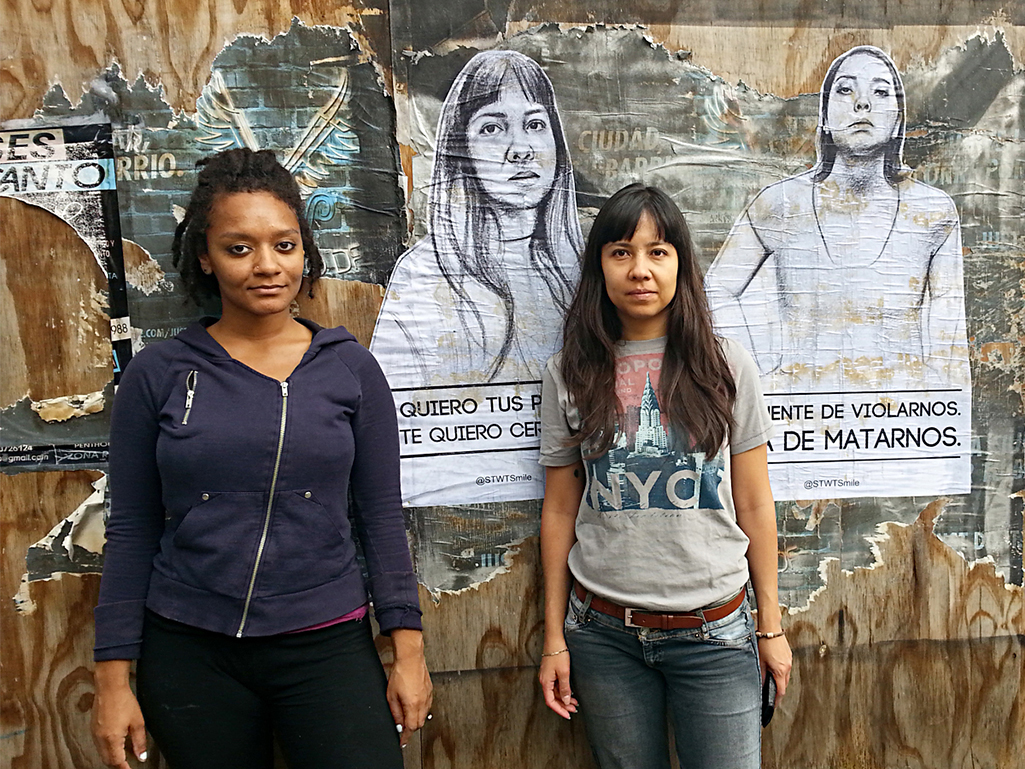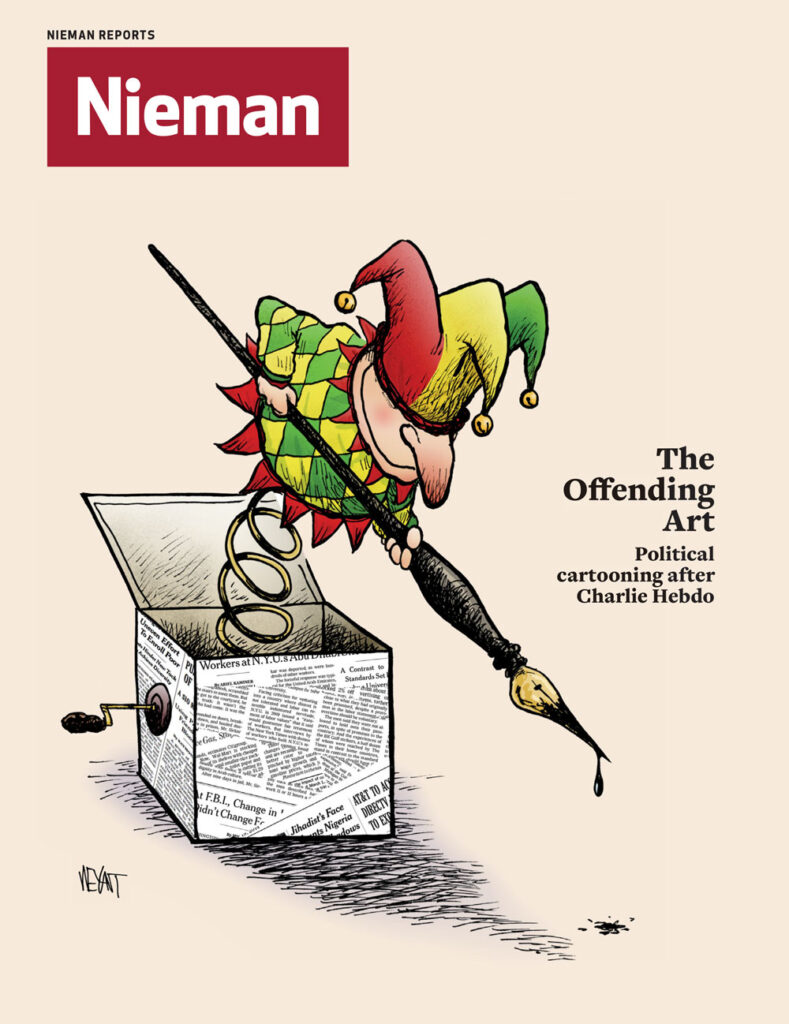In Mexico City, where street harassment is notoriously aggressive, degrading catcalls are hurled at women on buses, sidewalks, and in their daily commutes.
Last fall Fusion embarked on a project to document the routine ways women are assaulted in public. “‘All The Time. Every Day.' Surviving Sexual Harassment in Mexico City” combined interactive journalism, public art, and social activism into a digital experience on our site.
One of our goals at Fusion is to offer new forms of commentary. We’re exploring opinion formats that involve interactive graphics, comics, spoken-word video pieces—and in this case, an artwork. (Quick background: Fusion, a cable and digital network aimed at millennials, is a joint venture of Univision and Disney/ABC, and many of our stories focus on social justice issues.)
Our Mexico City project began in Brooklyn, as a collaboration between the artist Tatyana Fazlalizadeh and Fusion editor Anna Holmes, founder of the women’s site Jezebel. In 2012, Tatyana plastered the streets of Brooklyn with portraits of women talking back at their harassers. The project featured drawings of her female subjects in confrontational poses with lines such as “My outfit is not an invitation,” and “My name is not baby.” Many were defaced or ripped down, creating a conversation in the streets.
Last fall, Anna commissioned Tatyana to take the same project to Mexico City and recreate it in Spanish in partnership with Fusion. The team interviewed dozens of women in Mexico—students, mothers, politicians, and a police officer—and Tatyana created a new set of portraits and posters featuring women confronting their harrassers in Spanish. The posters were plastered all over Mexico City, sparking a city-wide dialogue.
Fusion documented Tatyana’s process, creating an interactive story that included video, artwork, and text. The piece collapsed the boundaries between journalism and activism, and gave the project a digital life that expanded its reach beyond the streets of Mexico.
Ultimately, it highlighted a problem so ubiquitous in many cities around the world that it’s tacitly accepted.
“People have asked, ‘Was there one thing that happened that made you start this project?’” says Tatyana, the artist, “and there wasn’t. It’s the sheer fact that it happens all the time.”
Last fall Fusion embarked on a project to document the routine ways women are assaulted in public. “‘All The Time. Every Day.' Surviving Sexual Harassment in Mexico City” combined interactive journalism, public art, and social activism into a digital experience on our site.
One of our goals at Fusion is to offer new forms of commentary. We’re exploring opinion formats that involve interactive graphics, comics, spoken-word video pieces—and in this case, an artwork. (Quick background: Fusion, a cable and digital network aimed at millennials, is a joint venture of Univision and Disney/ABC, and many of our stories focus on social justice issues.)
Our Mexico City project began in Brooklyn, as a collaboration between the artist Tatyana Fazlalizadeh and Fusion editor Anna Holmes, founder of the women’s site Jezebel. In 2012, Tatyana plastered the streets of Brooklyn with portraits of women talking back at their harassers. The project featured drawings of her female subjects in confrontational poses with lines such as “My outfit is not an invitation,” and “My name is not baby.” Many were defaced or ripped down, creating a conversation in the streets.
Last fall, Anna commissioned Tatyana to take the same project to Mexico City and recreate it in Spanish in partnership with Fusion. The team interviewed dozens of women in Mexico—students, mothers, politicians, and a police officer—and Tatyana created a new set of portraits and posters featuring women confronting their harrassers in Spanish. The posters were plastered all over Mexico City, sparking a city-wide dialogue.
Fusion documented Tatyana’s process, creating an interactive story that included video, artwork, and text. The piece collapsed the boundaries between journalism and activism, and gave the project a digital life that expanded its reach beyond the streets of Mexico.
Ultimately, it highlighted a problem so ubiquitous in many cities around the world that it’s tacitly accepted.
“People have asked, ‘Was there one thing that happened that made you start this project?’” says Tatyana, the artist, “and there wasn’t. It’s the sheer fact that it happens all the time.”




